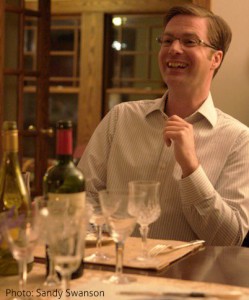
Mary R. Trudel
How Strong is Your Social Net? (Part 1)
Posted by Oct 05, 2011

Mary R. Trudel
At last year’s NAMP Conference in San Jose – near the heart of Silicon Valley – my partner, Rory MacPherson, and I announced a national survey to gather input on how arts organizations and collaboratives are faring in the dynamic digital communications landscape.
Responding to input from arts organizations and regional arts collaboratives that are striving to get the most out of the latest digital communications tools and social media, we wanted to take a national snapshot of how arts groups are doing with adoption and integration of new social media platforms into their overall marketing outreach.
We decided to conduct a research project to collect hard data on how groups are managing messaging alignment, resource allocation, and how well they perceive their digital communications and social media efforts are working.
It seemed to us that even those who are leading the field and getting outstanding results are not completely sure they're communicating consistently, clearly and compellingly, wonder if they are connecting authentically with patrons and fans, and are concerned about how to sustain and improve the effectiveness of what they're doing. And universally, arts organizations reported struggling to measure the return on investment of their digital efforts.
Read More























